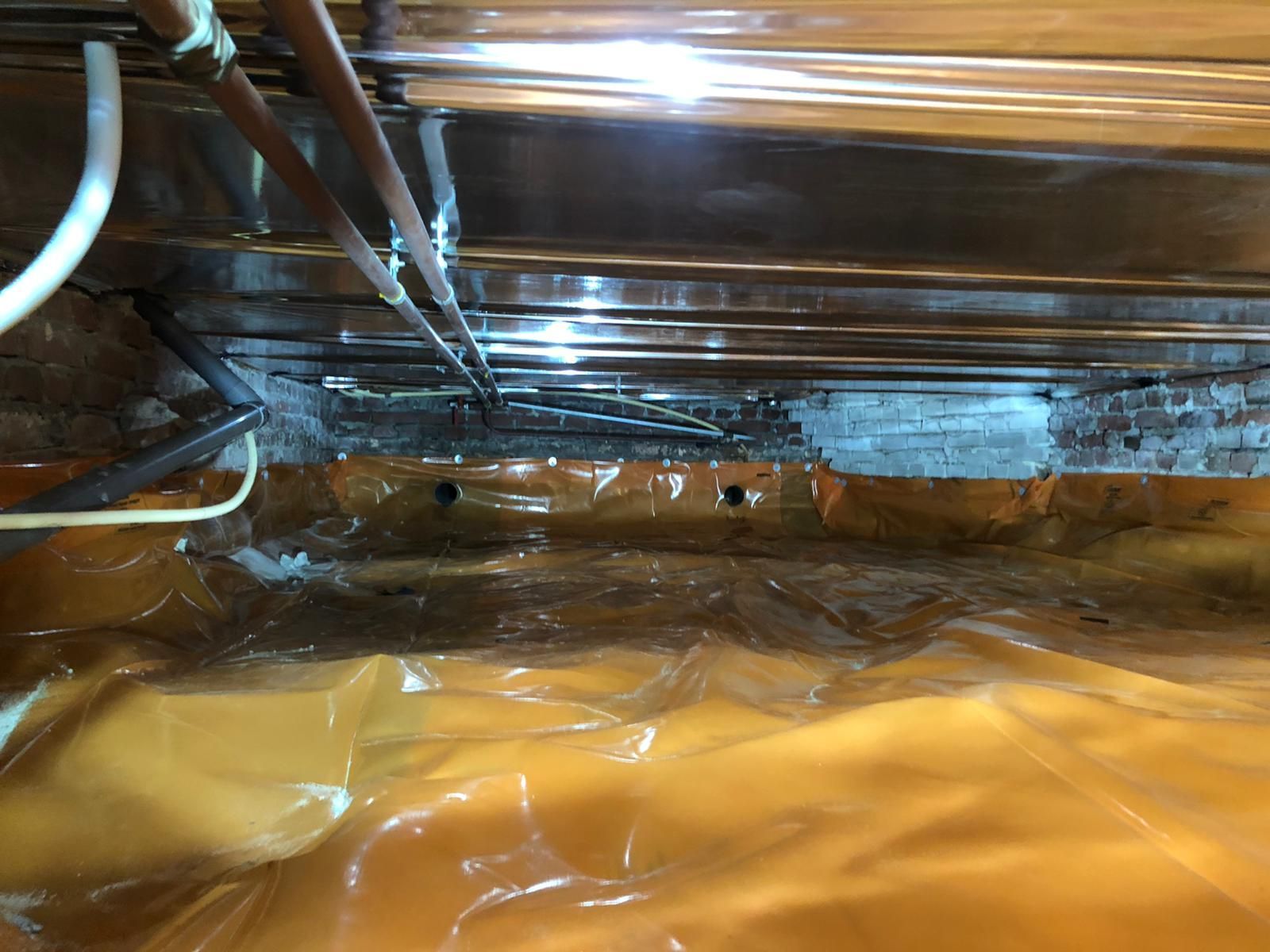Floor or ground insulation

The benefits of floor insulation
Floor insulation is a smart measure for homes on the ground floor. With good floor insulation you can save a lot of gas. The average saving is 6m3 of gas per year per square meter of insulated floor. Moreover, you are less likely to suffer from cold feet, which gives you a comfortable feeling.
Installing floor insulation does not require any major renovation. The contractor is almost always finished in one day.
Materials
Almost all houses in Duinoord have a wooden floor with a crawl space underneath. If the room is accessible and has sufficient height (more than 40 cm under the beams), the floor can be insulated at the bottom. We know from experience that this is best done with
- reflective foilthermal cushionsmineral blankets.
The company you select will advise you what is wise in your situation.
No insulation foam
We do not recommend the use of insulating foam against beams and floorboards. The wood can then no longer breathe, which increases the risk of wood rot and mold formation. Access to pipes is often no longer possible. And it is quite a job to remove the insulation foam. In addition, if used incorrectly, gases can be released that are unhealthy. This form of floor insulation is therefore not part of this promotion.

Ground insulation as an alternative
If the crawl space is too low or too wet, you can also insulate the bottom of the crawl space itself instead of the underside of the floor. With ground insulation, insulating material is applied to the bottom of the crawl space, for example EPS ground beads or insulation blankets.
This form of insulation helps against moisture problems, but provides a lower insulation value than floor insulation against the underside of the floor.
Insulation value
The insulation value of a measure is expressed in an R-value (the R stands for 'Resistance'). The higher this value, the better the material insulates.
According to the RVO subsidy conditions, floor or ground insulation must have an R-value of 3.5 or higher. This also means you meet the standard that applies in the Netherlands for a well-insulated house. This means you are preparing your home for a gas-free future! The materials used by the participating companies meet these conditions.

Costs and savings
- The costs of floor insulation are between €43.50 and €55 per m2, depending on the material and the situation under the floor. You receive a €5.50 per m2 subsidy from the RVO on floor insulation. That amount doubles if you take 2 measures. For an average house in Duinoord with a living room of 50 m2, this means a one-off investment of € 2000 - € 2500. In the average house, floor insulation results in gas savings of 300 m3 per year. With the current prices of the energy ceiling, this is a saving of € 435 per year. That would result in a payback period of 5 to 8 years. Read an explanation of the calculation example here.
Webinar floor or ground insulation
In this webinar, three specialists explain everything about the characteristics and benefits of the different forms of floor or ground insulation. Costs, savings and possible subsidies are also discussed. You can watch the webinar here
Companies floor insulation
Companies ground insulation
- Isolatiespecialist.comIsolatiespecialist.nlEnergyGuards
- Isolatiespecialist.nlBKW insulation




Isolation measures
> Floor and ground insulation
> Glasisolatie
> Roof or attic insulation
> Isolation
Extra information
> How well should you insulate?
> Insulating means ventilating
> Insulate with the VvE
> Protected cityscape
Subsidies
> Owner/occupant
> HOA
> Landlord
> RVO website
Help and support
> Webinars
> Information market
> Energy coaching
> Subsidy support



